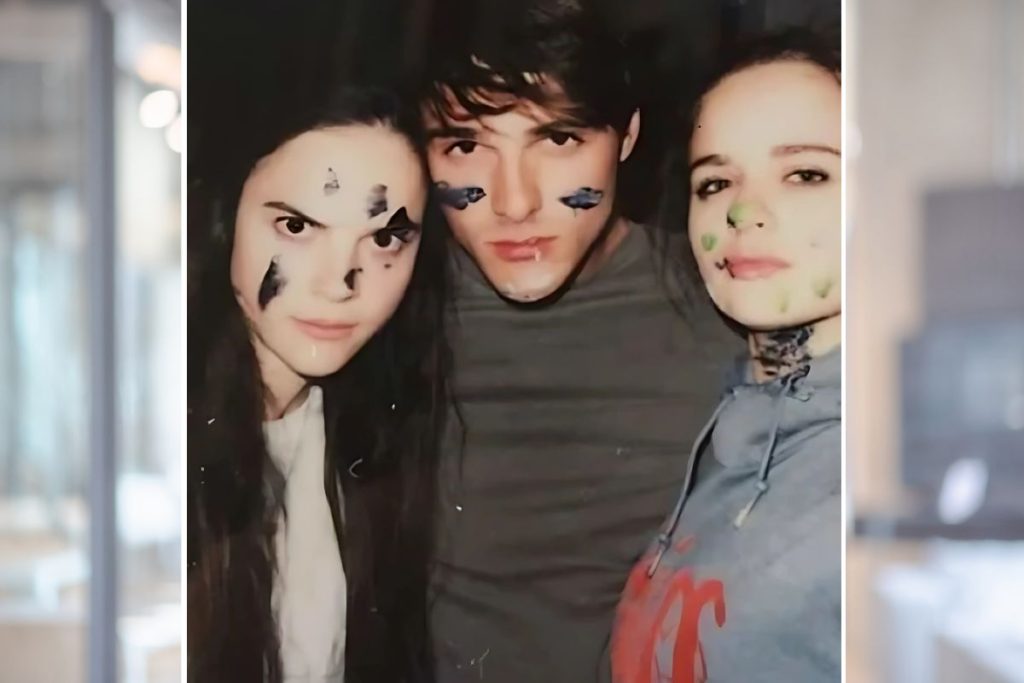
Kaylee Sawyer: A Young Student’s Life Cut Short by a Brutal Murder
Kaylee Sawyer was a 23-year-old student who had a bright future ahead of her. She was studying to become a dentist and was engaged to her longtime boyfriend. She loved hiking, camping, and spending time with her family and friends. She was described by her loved ones as a “beautiful, smart, and compassionate person” who had a “contagious smile” and a “kind heart”.
However, her life was tragically cut short by a brutal murder that shocked the nation. This article will explore the details of Kaylee’s case, her brutal murder, the impact of her death on her family and community, and the new law that was passed in Oregon to prevent such a tragedy from happening again.
Table of Contents
Details of Kaylee Sawyer’s Case
- Kaylee Sawyer was a 23-year-old student from Bend, Oregon, who was studying to become a dentist at Central Oregon Community College (COCC).
- On July 24, 2016, around 1 a.m., Kaylee had an argument with her fiancé, Cameron Riemhofer, and left their apartment near the COCC campus. She was wearing a black dress and carrying a pink purse.
- Edwin Lara, a 31-year-old part-time patrol officer at COCC, was on duty that night. He saw Kaylee walking alone on the campus and offered her a ride in his security vehicle. He then ran over her with his car, causing her severe injuries.
- Lara took Kaylee to a remote parking lot, where he sexually assaulted her and strangled her to death with a belt. He then wrapped her body in a sleeping bag and put it in the trunk of his car.
- Lara drove to his home in Redmond, Oregon, where he confessed to his wife, Isabel Ponce-Lara, a police officer, that he had killed Kaylee. He showed her Kaylee’s body in the trunk and asked her to help him get rid of it.
- Isabel refused to help Lara and called 911. She also alerted her supervisor at the Bend Police Department. Lara fled the scene before the police arrived.
- Lara drove to Salem, Oregon, where he kidnapped a woman named Andrea Maes at gunpoint from a motel parking lot. He forced her to accompany him to California, where he planned to cross the border to Mexico.
- On July 25, 2016, around 5 a.m., Lara stopped at a gas station in Yreka, California, where he shot and wounded a man named David Fry. He then stole Fry’s car, a black Nissan Altima, and left Maes behind.
- Lara continued his crime spree in Northern California, where he carjacked another vehicle, a white Chevrolet Malibu, from a couple named Michael and Audrey Carey. He held them hostage and drove to Oregon, where he intended to kill them and dispose of their bodies.
- On July 26, 2016, around 6 a.m., Lara was spotted by the police near Corning, California. A high-speed chase ensued, during which Lara fired shots at the pursuing officers. He eventually crashed the car near Springfield, Oregon, and was arrested.
- Kaylee Sawyer’s body was discovered on July 26, 2016, two days after she vanished from Bend, Oregon. Her body was located on the edge of the road near 18700 West Highway 126 in the Dry Creek area of Redmond, north of Bend.
Search for Kaylee Sawyer
Camron Reimhofer, did sound the alarm when he noticed that Kaylee Sawyer was gone. Camron phoned Kaylee after he entered their apartment, but she was curt with him and said that her phone was running out of battery . The next morning, when Kaylee did not return home, Camron visited her mother’s house and her friends’ to check if she was there . When he learned that Kaylee was missing, he promptly called 911 and reported her disappearance . He also assisted in spreading flyers with Kaylee’s picture on them and joined in the physical search for her.
He was initially under scrutiny, but he was exonerated after Edwin Lara’s wife, a police officer, informed that her husband had admitted to killing Kaylee . Camron was never interrogated by Kaylee’s family, who trusted that he cared for her and had no involvement in her disappearance.
Lara confessed to Kaylee’s murder and other crimes. He pleaded guilty to four counts of aggravated murder, two counts of kidnapping, two counts of robbery, two counts of unauthorized use of a vehicle, one count of sodomy, one count of attempted murder, one count of assault, and one count of fleeing or attempting to elude a police officer. Lara was sentenced to life in prison without the possibility of parole. He is currently incarcerated at the Oregon State Penitentiary in Salem.
Kaylee Sawyer Family’s Reaction
Kaylee Sawyer’s family experienced a range of emotions, from shock and sorrow to anger and resolve, after her murder. They grieved for their precious daughter, sister, and fiancée, who was a “kind-hearted, intelligent, and beautiful person” with a “radiant smile” and a “generous spirit”.
They also felt deceived by the Central Oregon Community College (COCC), where Kaylee was a student and where her killer was a campus security guard. They blamed the college for not doing a proper background check on Edwin Lara, the murderer, and for letting their campus safety vehicles look like police patrol cars, which tricked Kaylee into trusting Lara.
The family of Kaylee Sawyer sued COCC in federal court, demanding justice and accountability for their daughter’s death. They also backed legislation called Kaylee’s Law, which was enacted by the state of Oregon in 2019. The law mandates community college security officers to undergo background checks and training, and forbids them from wearing uniforms or driving vehicles that resemble law enforcement . The family hoped that the law would prevent such a tragedy from happening again to anyone else.
In 2020, the family settled with COCC, which agreed to pay $2 million to them. The family said that they were thankful for the support they received from the community and that they wanted to honor Kaylee’s memory by helping others. They also said that they would always remember Kaylee and that they would always love her .
Bottom Line
Kaylee Sawyer’s case was a horrific and heartbreaking example of how a campus security guard turned into a cold-blooded killer. Her death was a cause for mourning and a demand for justice and accountability from both her family and community. Additionally, they played a crucial role in inspiring a new law aimed at preventing similar tragedies from happening to anyone else.
November 8, 2023

















